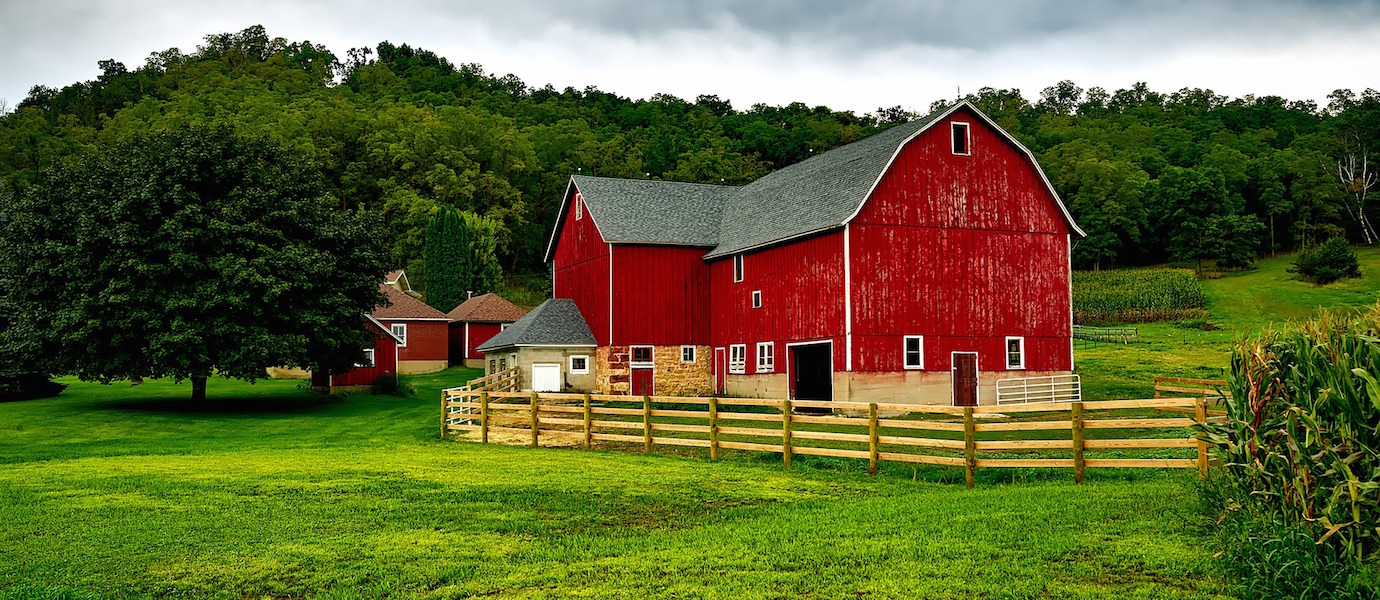ABOUT
Hickory Ridge Farm
Hickory Ridge Farm is family owned and operated and located in the Hickory Section of Chesapeake. The farm is 18 acres and includes 3 acres of strawberries in May, Summer produce from June-August, and you-pick and wholesale pumpkins in the Fall.
contact info
Hrs: Vary.
HELPFUL LESSON PLAN(S)
Prepared by FieldTripDirectory.com
Farm Lesson Plan
FUN FACTS
The average American may eat 125 pounds of potatoes each year, but corn is actually America’s number one field crop, providing ingredients for cereals, peanut butter, snack foods and soft drinks. The average person eats 68 quarts of popcorn a year alone! Use a trip to an agricultural farm to find out where our fruits and vegetables come from. Compare organic, pesticide-free, and genetically engineered crops. Research the products made possible by crops grown in the U.S. (shampoos, crayons, and baseball bats all come from agricultural products, for example). Ask your local farm about the benefits of eating local or growing your own garden.
View Lesson Plan>>ABOUT
Hickory Ridge Farm
Hickory Ridge Farm is family owned and operated and located in the Hickory Section of Chesapeake. The farm is 18 acres and includes 3 acres of strawberries in May, Summer produce from June-August, and you-pick and wholesale pumpkins in the Fall.
contact info
Hrs: Vary.
HELPFUL LESSON PLAN(S)
Prepared by FieldTripDirectory.com
Farm Lesson Plan
FUN FACTS
The average American may eat 125 pounds of potatoes each year, but corn is actually America’s number one field crop, providing ingredients for cereals, peanut butter, snack foods and soft drinks. The average person eats 68 quarts of popcorn a year alone! Use a trip to an agricultural farm to find out where our fruits and vegetables come from. Compare organic, pesticide-free, and genetically engineered crops. Research the products made possible by crops grown in the U.S. (shampoos, crayons, and baseball bats all come from agricultural products, for example). Ask your local farm about the benefits of eating local or growing your own garden.
View Lesson Plan>>ABOUT
Hickory Ridge Farm
Hickory Ridge Farm is family owned and operated and located in the Hickory Section of Chesapeake. The farm is 18 acres and includes 3 acres of strawberries in May, Summer produce from June-August, and you-pick and wholesale pumpkins in the Fall.
contact info
Hrs: Vary.
HELPFUL LESSON PLAN(S)
Prepared by FieldTripDirectory.com
Farm Lesson Plan
FUN FACTS
The average American may eat 125 pounds of potatoes each year, but corn is actually America’s number one field crop, providing ingredients for cereals, peanut butter, snack foods and soft drinks. The average person eats 68 quarts of popcorn a year alone! Use a trip to an agricultural farm to find out where our fruits and vegetables come from. Compare organic, pesticide-free, and genetically engineered crops. Research the products made possible by crops grown in the U.S. (shampoos, crayons, and baseball bats all come from agricultural products, for example). Ask your local farm about the benefits of eating local or growing your own garden.
View Lesson Plan>>ABOUT
Hickory Ridge Farm
Hickory Ridge Farm is family owned and operated and located in the Hickory Section of Chesapeake. The farm is 18 acres and includes 3 acres of strawberries in May, Summer produce from June-August, and you-pick and wholesale pumpkins in the Fall.
contact info
Hrs: Vary.
HELPFUL LESSON PLAN(S)
Prepared by FieldTripDirectory.com
Farm Lesson Plan
FUN FACTS
The average American may eat 125 pounds of potatoes each year, but corn is actually America’s number one field crop, providing ingredients for cereals, peanut butter, snack foods and soft drinks. The average person eats 68 quarts of popcorn a year alone! Use a trip to an agricultural farm to find out where our fruits and vegetables come from. Compare organic, pesticide-free, and genetically engineered crops. Research the products made possible by crops grown in the U.S. (shampoos, crayons, and baseball bats all come from agricultural products, for example). Ask your local farm about the benefits of eating local or growing your own garden.
View Lesson Plan>>
